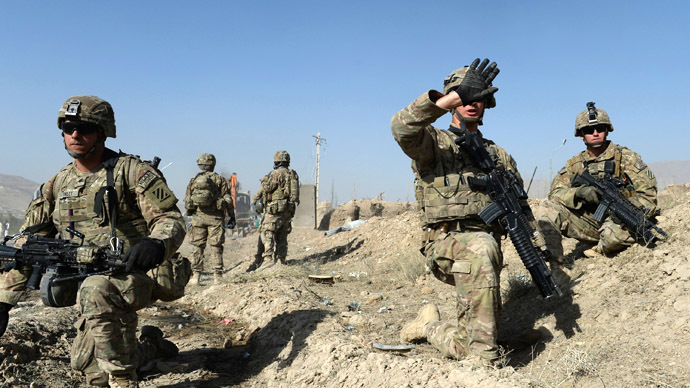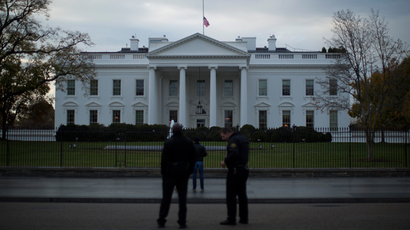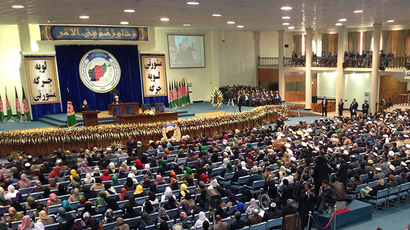Tighter rules of engagement contributed to US casualty rate in Afghanistan – report

US military directives enacted in Afghanistan after President Obama took office in 2009 could be to blame for an increase in casualties according to a critical new report, and may have laid the seeds for the current impasse in negotiations.
Months after his presidential inauguration in 2009 Obama announced that the US would commit over 30,000 additional troops to the Afghan conflict. The order came at the request of military leaders on the ground in the Middle East, who advised the president that it would be beneficial to send troops in sooner and pull them out sooner than initially planned.
Obama tapped General Stanley McChrystal and then Army General David Petraeus to carry out the directive. Yet a new report from the Washington Times, a conservative paper often critical of the administration’s policies, notes that the shift from the policies of the Bush administration to Obama’s may have cost more American lives.
The rules of engagement (ROE) put into place in 2009 and the early part of 2010 limited air and artillery strikes in the name of preventing civilian casualties, and at times called upon soldiers to restrain from firing their weapons. The report in the Washington Times indicates that, upon approaching Taliban fighters, a ground unit would often have to convince a remote commander that the threat was armed before engaging.
“In Afghanistan, the [rules of engagement] that were put in place in 2009 and 2010 have created a hesitation and confusion for our war fighters,” Wayne Simmons, a retired US intelligence officer who worked at NATO headquarters in Kabul under McChrystal and Petraeus, told the Times.
“It is no accident nor a coincidence that from January 2009 to August of 2010, coinciding with the Obama/McChrystal radical change of the ROE, casualties more than doubled,” Simmons went on. “The carnage will certainly continue as the already fragile and ineffective [rules] have been further weakened by the Obama administration as if they were playground rules.”
US troop strength more than doubled from 40,000 to 85,000 military personnel between 2008 and 2010, the first full year of the surge. Despite that influx 499 Americans were killed in 2010, three times the 2008 total and roughly five times the 2007 death toll.
The American military presence peaked in 2011 at 100,000 troops, with 419 deaths that year. Numbers began to subside the following year, when the death toll fell to 319.
Perhaps the most striking example of a bureaucracy putting lives at risk came in September 2009 at the battle of Ganjgal. Two soldiers were award the Medal of Honor for their actions in the in 10-hour fight in Afghanistan’s Kunar province, yet one of them – former Army Captain William Swenson – has said that the military’s reluctance to provide an air strike nearly killed him.
“It’s not JAG (military attorney) responsibility to interject to say, ‘Hey, we are concerned that you’re going to hit a building,’” he told the Washington Times last month. “I can tell you that I am concerned with saving as many lives as I can, not necessarily one. Unfortunately, this is combat. I can’t be perfect, but I can do what I feel what’s right at the time.”
Former US Secretary of Defense Leon Panetta said in 2012, when the surge ended, that the Obama administration’s initiative had been a success, deeming it “a very important milestone” in the war.
The “surge did accomplish its objectives of reversing the Taliban momentum on the battlefield and dramatically increase the size and capability of the Afghan national security forces,” Panetta told USA Today.
An internal report card from the International Security assistance Force obtained by Wired magazine in 2012 indicates the contrary. The ISAF itself determined that many of the strategic gains from the surge turned out to be negligible and that other aspects of the conflict actually worsened. For instance, insurgents launched 475 homemade bomb attacks in July 2009, and approximately 625 in July 2012.
Yet Swenson, the Medal of Honor recipient, said the issue was about much more than numbers for those who are fighting to save their own lives: “I am not a politician. I am just the guy on the ground asking for that ammunition to be dropped because it’s going to save lives.”














